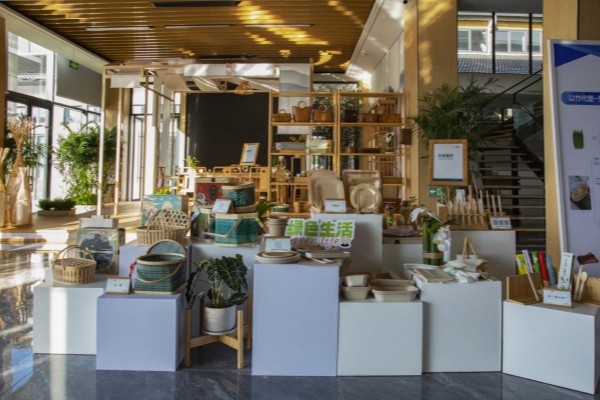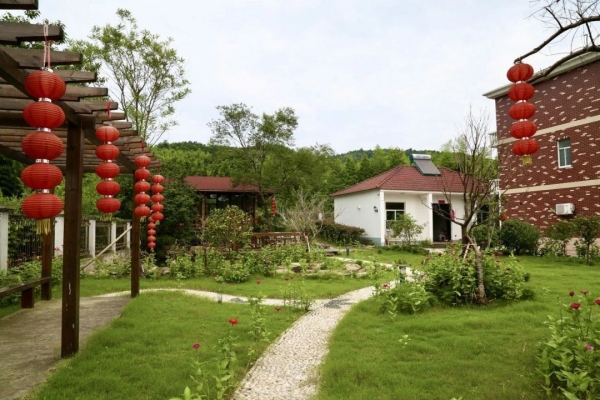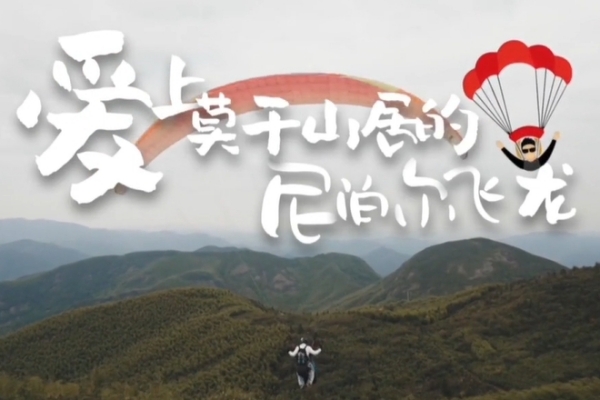A celebration for a time of promise
The Gregorian calendar, or solar calendar, was officially adopted in China on Jan 1, 1912.
Yet, the traditional Chinese calendar, the sole system known to nearly all Chinese up to that point, endures for cultural and celebratory purposes, offering a reminder of the nation's rich legacy. To distinguish the traditional new year from the Gregorian solar new year, the term "Spring Festival" became customary.
Spring Festival usually concludes on the 15th day of Chinese New Year, corresponding to Feb 12 in the solar calendar. This final day, marking the first full moon of the new year, is traditionally illuminated by delicately handcrafted lanterns — some bearing riddles — that adorn every corner.
Su Shi, whose poetic instinct was forever in tune with the moon, once wrote:
"Life brings both joy and sorrow, union and separation.
Like the moon's phases, in constant fluctuation.
Imperfect it's been since the dawn of creation."
For many of us, the past year has been far from perfect, and the year ahead may hold its trials. Yet, it is the courage to face adversity and the strength to carry on with grace that transforms all the imperfect moments into perfect memories.
As for New Year's Eve and every night and day, do what Su Shi recommends in his Shou Sui poem — "Make the most of your time."





